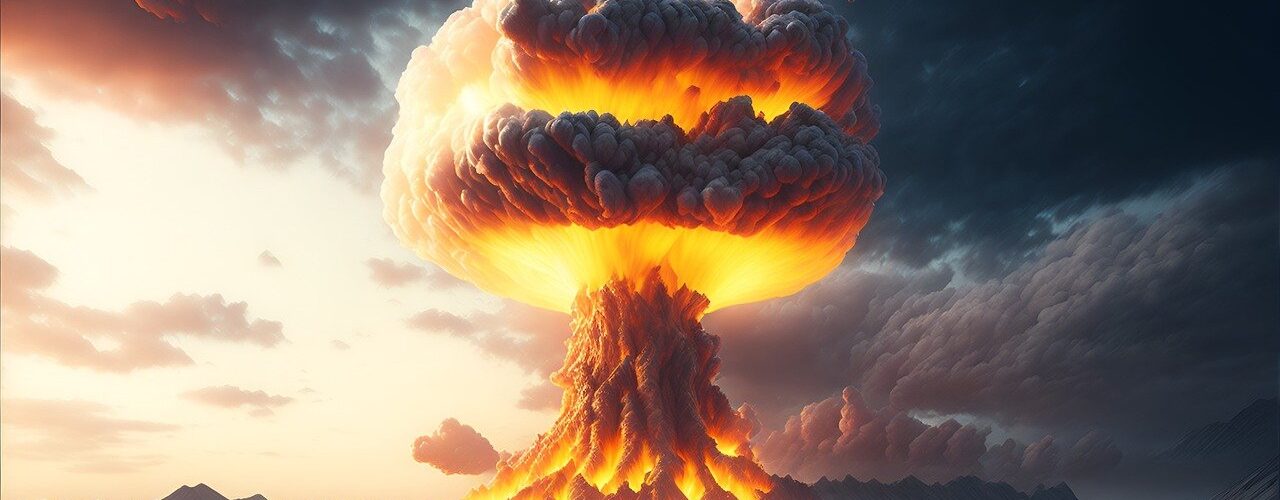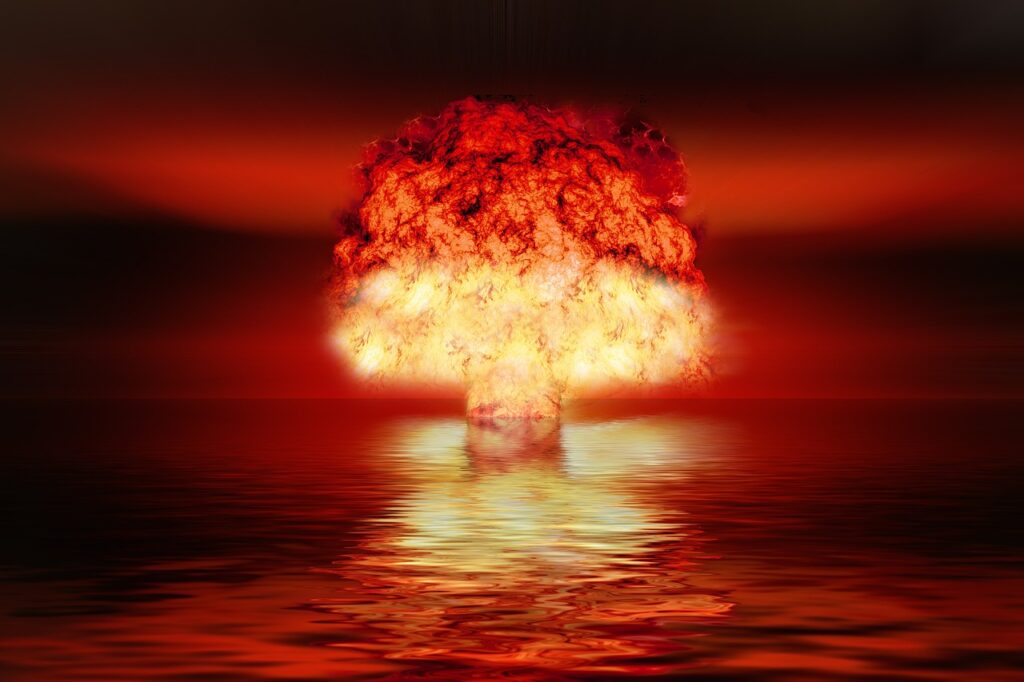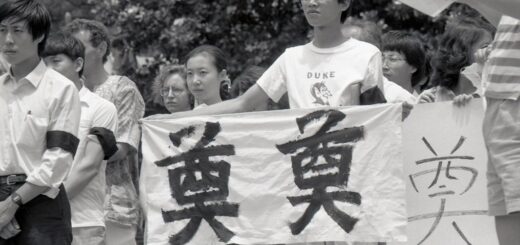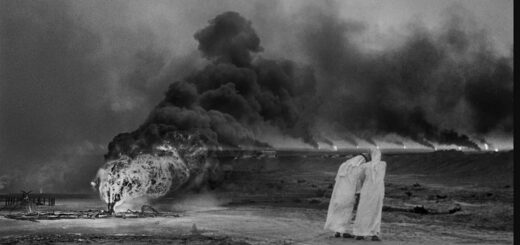1945 ‘Hiroshima and Nagasaki’ Japan

The year 1945 marked a crucial and tragic chapter in world history with the atomic bombings of Hiroshima and Nagasaki during World War II. On August 6, 1945, the United States dropped an atomic bomb named “Little Boy” on the city of Hiroshima, instantly causing unprecedented destruction and loss of life. The devastation was immense, leading to the deaths of an estimated 140,000 people, many of whom were civilians.

Three days later, on August 9, 1945, a second atomic bomb, “Fat Man,” was dropped on Nagasaki, resulting in further devastation and the loss of around 70,000 lives. The bombings played a pivotal role in hastening Japan’s surrender and ultimately bringing an end to World War II.
The use of atomic bombs on Hiroshima and Nagasaki remains a subject of intense historical debate, with discussions centering on the ethical, moral, and strategic implications of such a decision. The bombings had far-reaching consequences, not only shaping the conclusion of the war but also influencing subsequent international relations, arms control discussions, and the ongoing discourse surrounding the use of nuclear weapons. The events of 1945 in Hiroshima and Nagasaki continue to serve as a somber reminder of the devastating impact of warfare on civilian populations and the complex moral questions associated with the use of powerful and destructive technologies.








